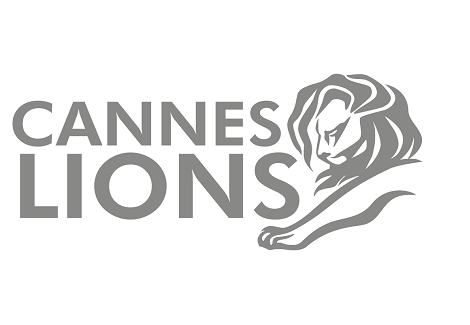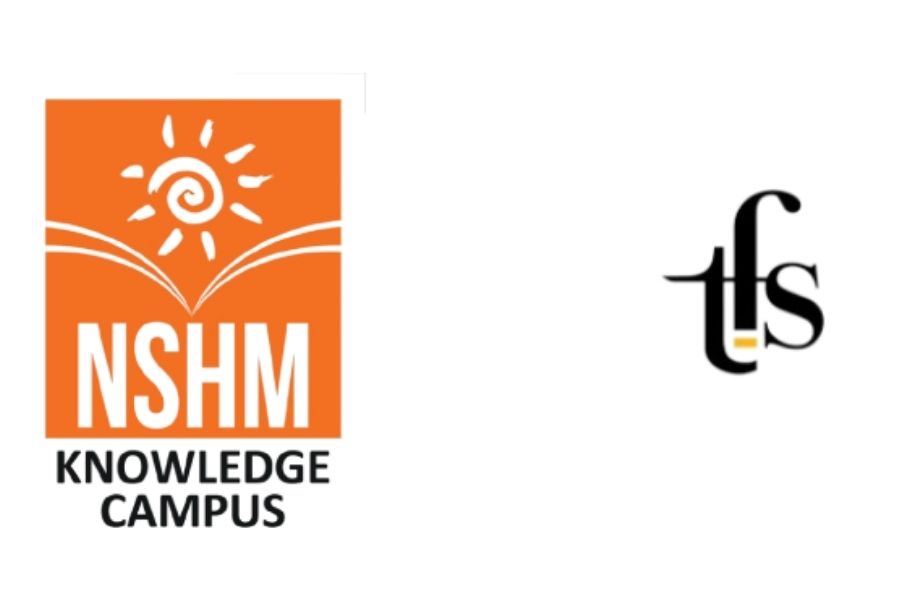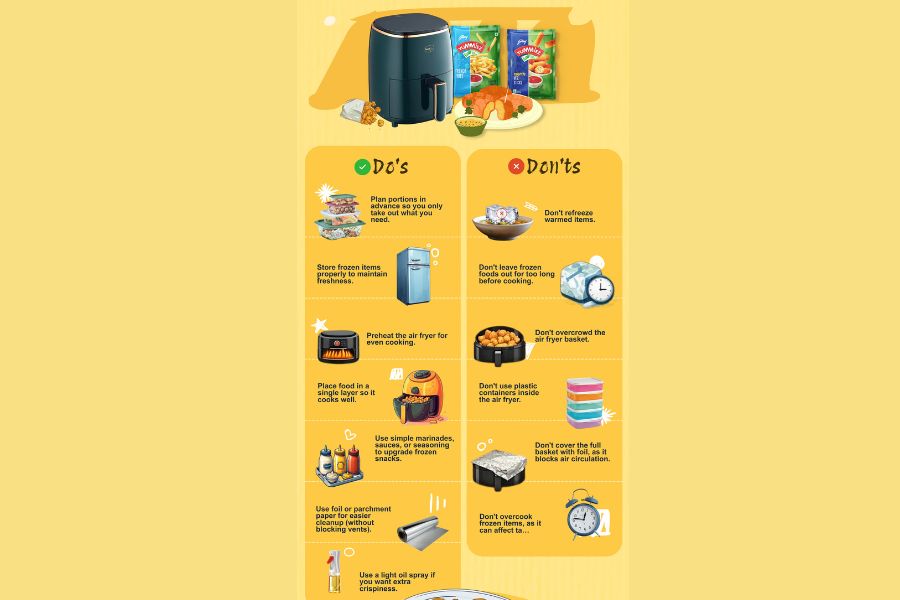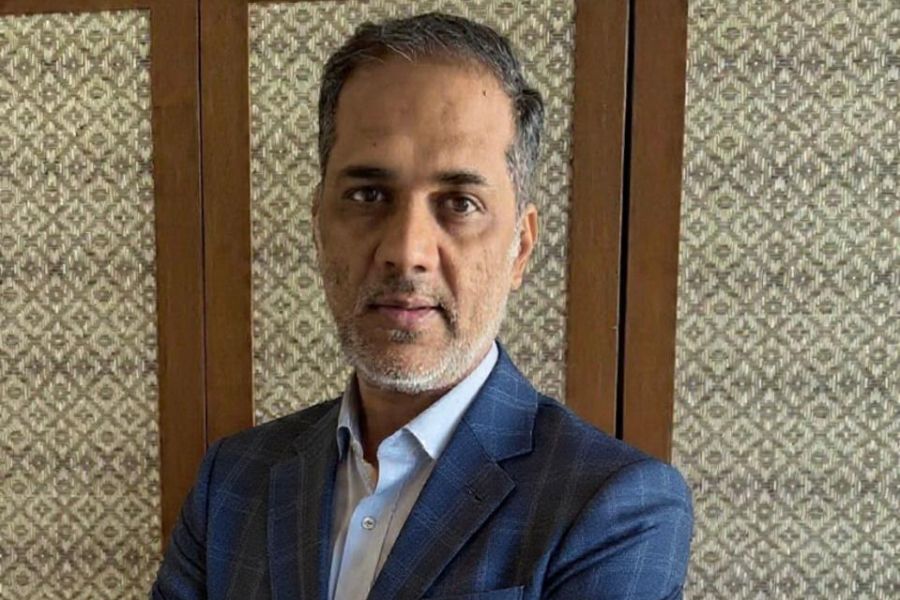The issue of digital ad blocking and the role of compelling creative was in focus at the Cannes Lions Festival of Creativity 2016. A panel on 20 June moderated by Randall Rothenberg, president and CEO, Interactive Advertising Bureau, USA, underlined the gravity of the issue while outlining solutions.
The moderator noted that the problem of ad blocking was driven by two parties – at one end were the for-profit ad blocking companies, and on the other side, digital players and the advertising industry had inflicted this upon themselves, he contended.
Setting the tone for the discussion, Rothenberg said, “We were so caught up with the power target-ability and digital, we forgot – consumers are not targets, they are people. And they are more in control of their media than ever before. We need to get back to the roots of advertising and embrace creativity. Media cannot rely on disrupting and distracting tactics anymore. The next generation of advertising must entertain, inform and have utility; make it feel like blocking the ad is like blocking a very valuable part of the experience.”
‘Clean up the act’
“We need to clean up our act as an industry. The root cause of digital ad blocking is digital ads,” noted Mark Thompson, president and CEO, The New York Times Company (NYT). He contended that there were too many ads, which took too long to load, and with a frequency that was too high.
He revealed that the attempt at NYT was to change this, with new, ‘compelling and creative’ ad units, and campaigns.
“The content needs to be creative, valuable, a pleasure to consume for consumers, while delivering results for advertisers,” noted Thompson.
Part of the effort at NYT has been creating ‘fewer, faster, punchier’ display units, besides the efforts on branded content, he added.
With the base of digital subscribers growing, Thompson underlined the need to help consumers understand that the content they enjoy costs money to create. “We’re in for a rough ride,” he said, but soon revealed a statistic that offered hope. A survey revealed that many respond to clear messages on ad blocking, with 40 per cent of those surveyed agreeing to white-list NYT.
“We need to expose practices that are unfair,” said Thompson, alluding to profiteering by ad blocking companies at the expense of publishers.
‘Need to collaborate’
Sixty per cent of clicks on mobile ads are done by mistake, said Jess Greenwood, VP – content and partnerships, R/GA, quoting statistics from a survey. And 66 per cent of respondents found the ads to be useless or annoying, she added. On the tactic of attempting to change the display unit without paying attention to the creative or content, she quipped, “You can’t make a bad gift better by changing the box.”
Explaining that the improvements need to be on three fronts – creative (led by agencies), formats (led by publishers) and targeting – Greenwood said, “This problem is only going to get solved if we collaborate.”
Growth of native
The one big gainer in the context of ad blocking is native ads. Asked about response from consumers, Thompson explained that native content was launched by NYT two years ago – after a long debate.
“There has been great response from readers; very few complaints. There has been great response from the newsroom because they understand why we need to do this. And there has been great response from advertisers.”
He noted that native ads are due to generate US $60 mn this year, and revealed that The New York Times was also developing an ad-free premium model.
On the subject, Greenwood emphasised the need to get native content right. Outlining the challenge, she said, “The biggest challenge of native is shifting the mindset of advertisers – that you can you can buy your way into the minds of consumers.”




